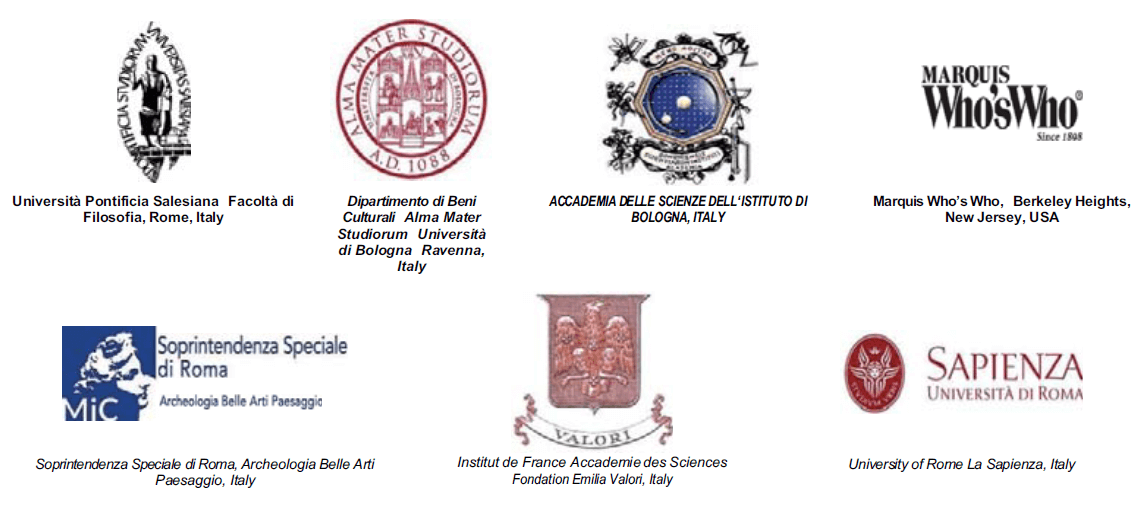A Study of the Formal Architectural-Sculptural Characteristics of El Tajin
DOI:
https://doi.org/10.6092/issn.1973-9494/9992Keywords:
visual language, world heritage, architectural design, fractal dimensionAbstract
El Tajín was an ancient metropolis in which rituals such as the Mesoamerican ball game were carried out, later to be recorded in the sculptural bas-reliefs of its architecture. The study of its morphologies is the recognition of the ways in which an ancient civilization is expressed, thus contributing to the characterization of a culture whose past belongs to World Heritage. This paper proposes a case-sample analysis of the bas-reliefs in the South Ballcourt based on reticular geometry and fractal dimension analysis. It was found that the geometry of the RA (golden rectangle), RR2 and RR3 are prevalent, in addition to the identification of iconographic naturalist and symbolic elements; from the box-counting fractal dimension, it was found that the elements, though of different sizes or composition, show similar complexities, with a value of around 1.7.Downloads
Published
2020-03-18
How to Cite
Valle-Chavarria, L. G., Berumen-Rodriguez, C. E., & Suarez-Dominguez, E. J. (2019). A Study of the Formal Architectural-Sculptural Characteristics of El Tajin. Conservation Science in Cultural Heritage, 19(1), 143–156. https://doi.org/10.6092/issn.1973-9494/9992
Issue
Section
Articles
License
Copyright (c) 2019 Lorena G. Valle-Chavarria, Carlos E. Berumen-Rodriguez, Edgardo J. Suarez-Dominguez
Copyrights and publishing rights of all the texts on this journal belong to the respective authors without restrictions. Authors grant the journal right of first publication.
This journal is licensed under a Creative Commons Attribution 4.0 International License (full legal code).
See also our Open Access Policy.






